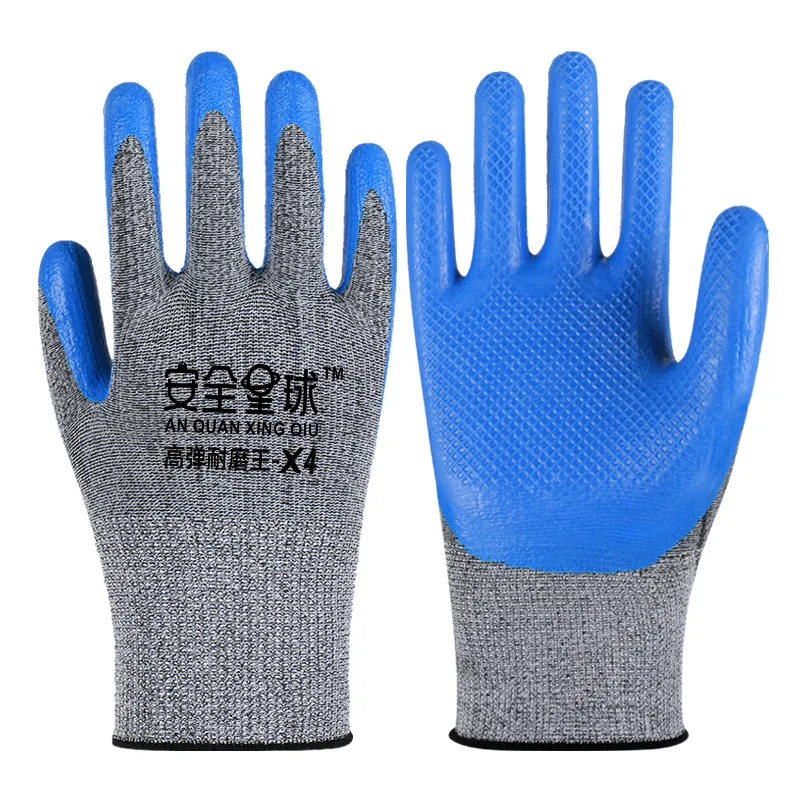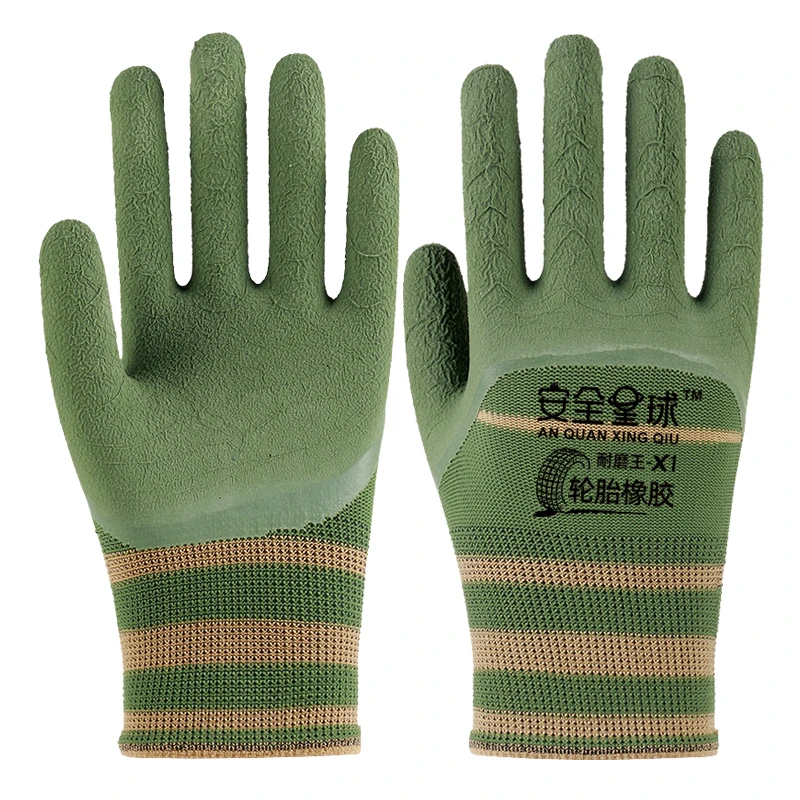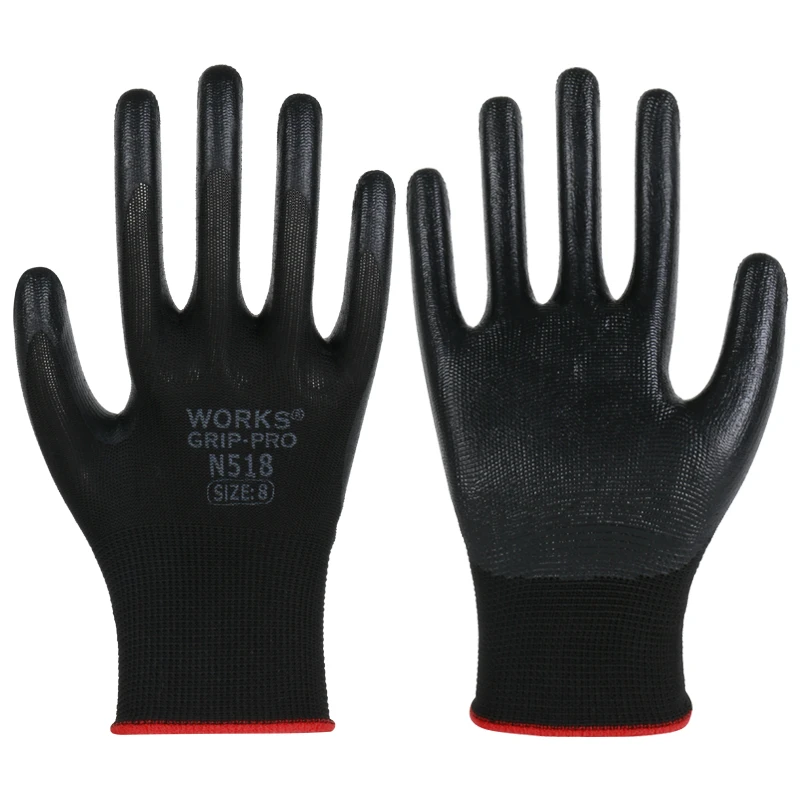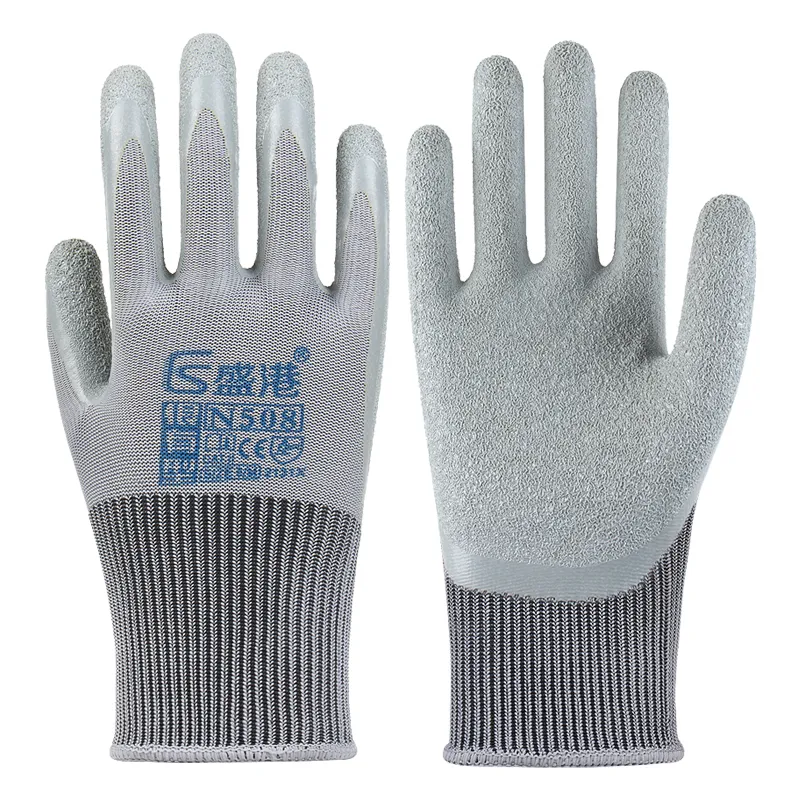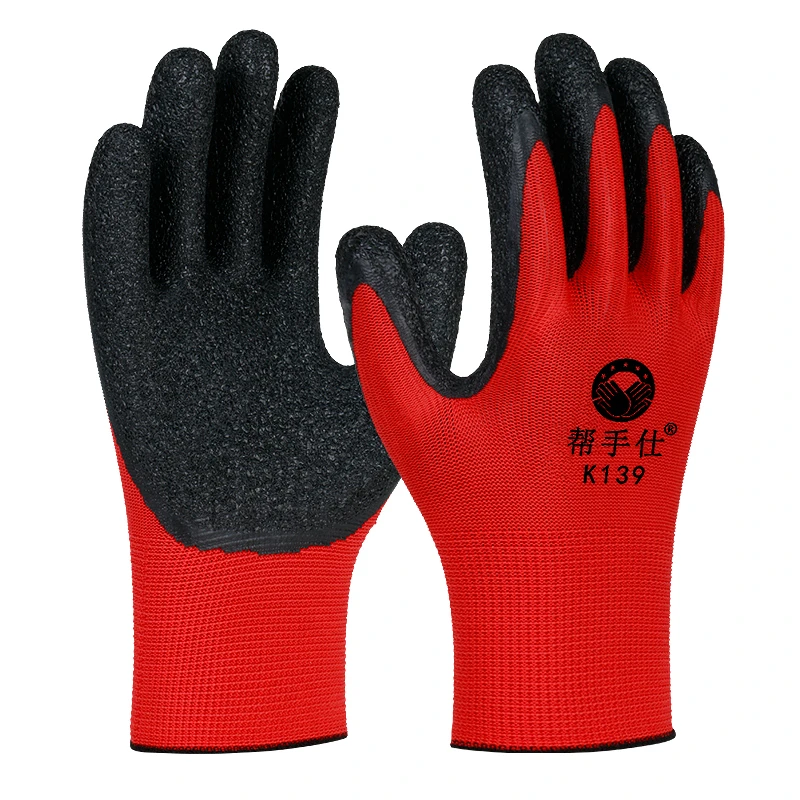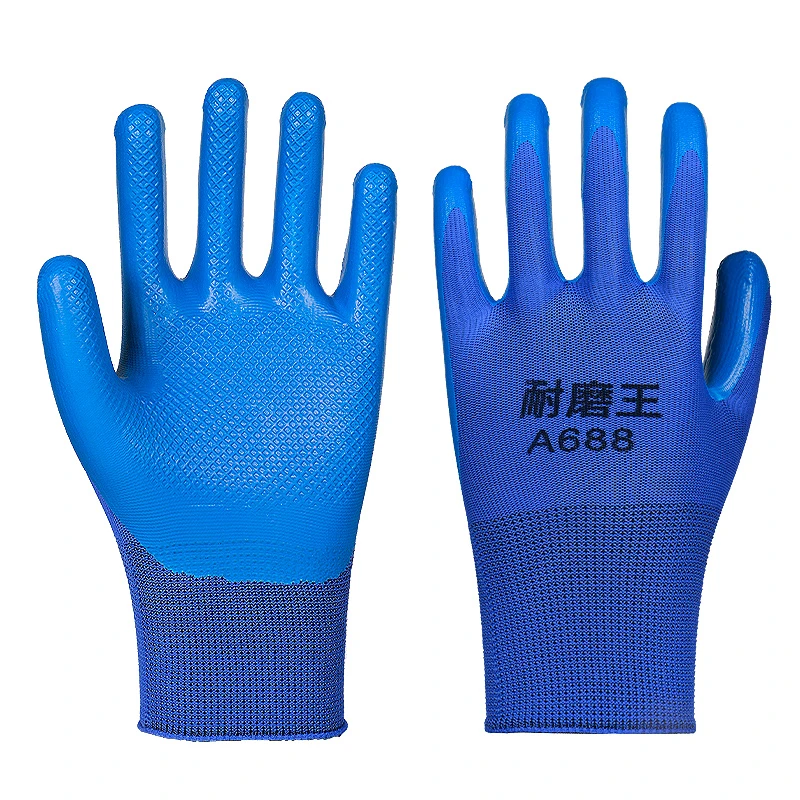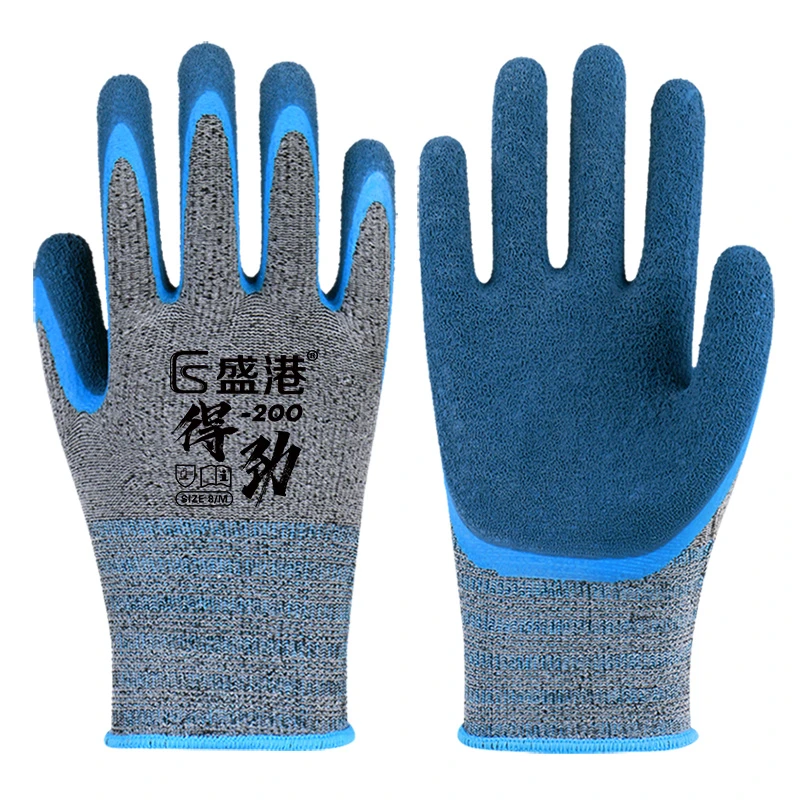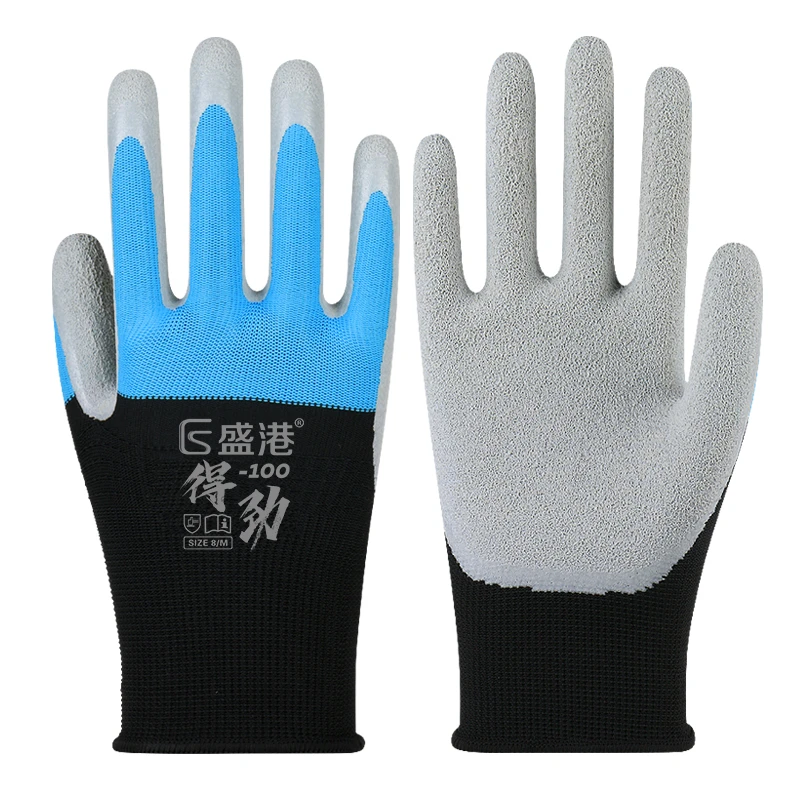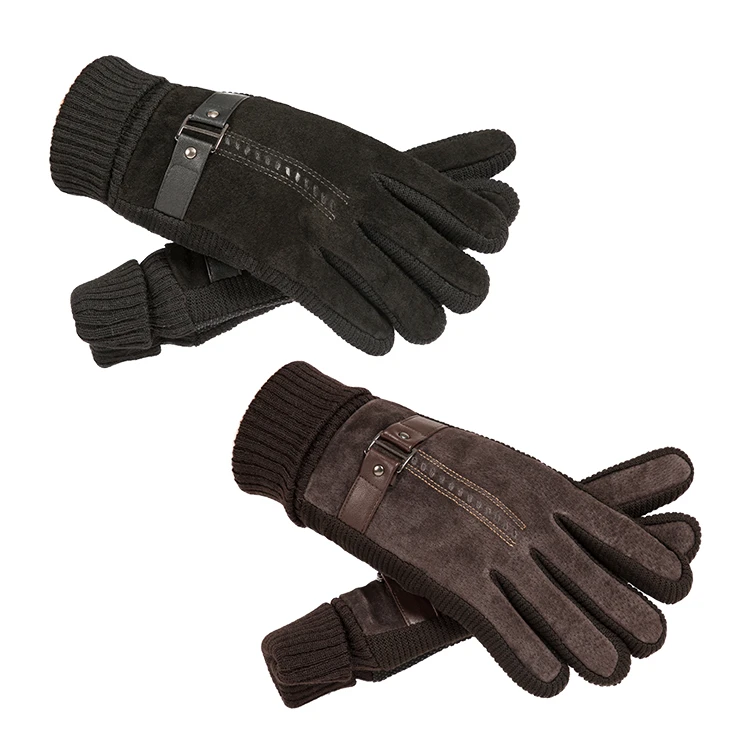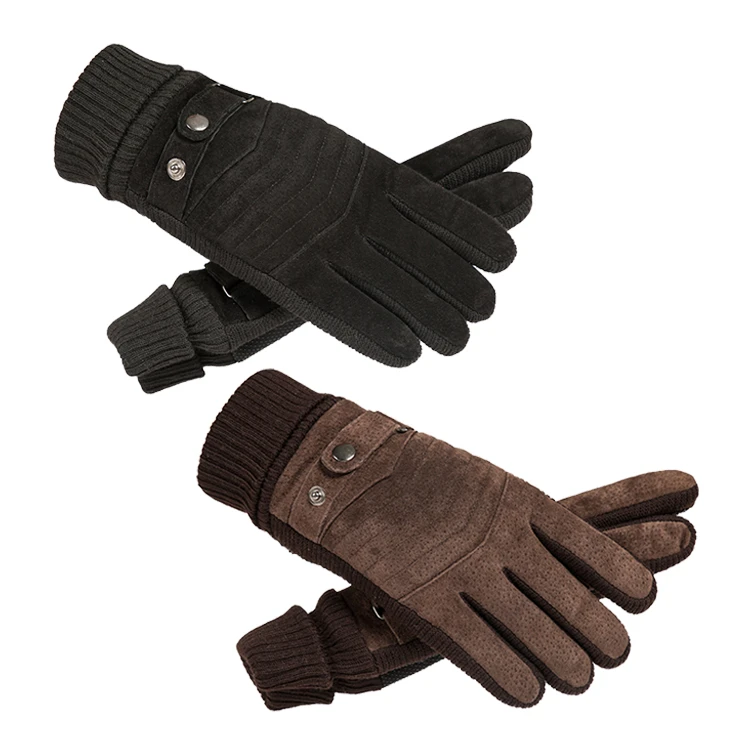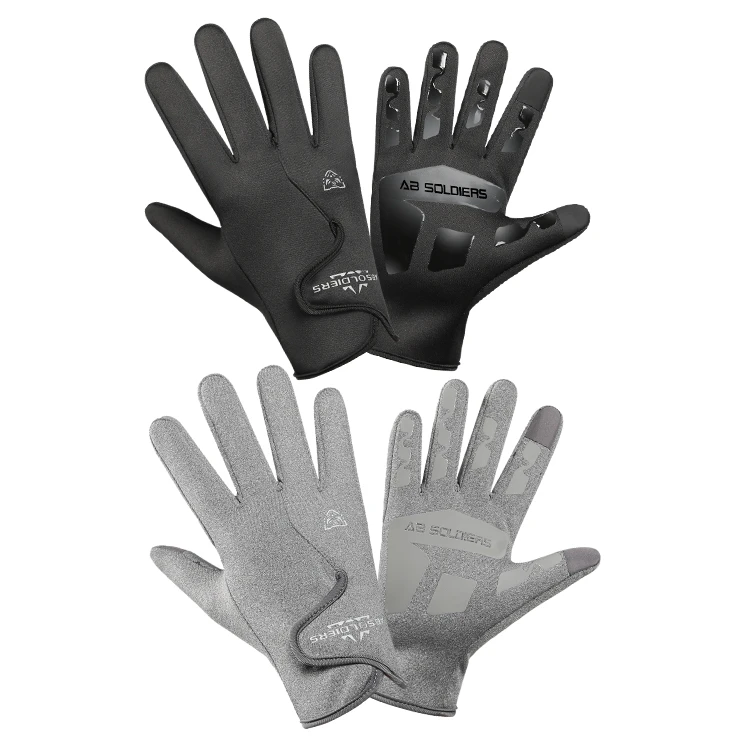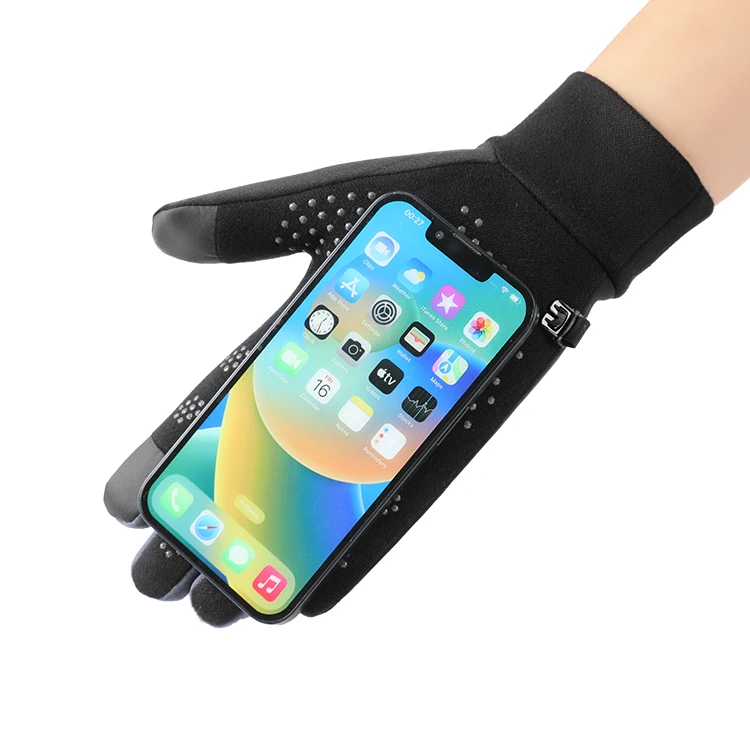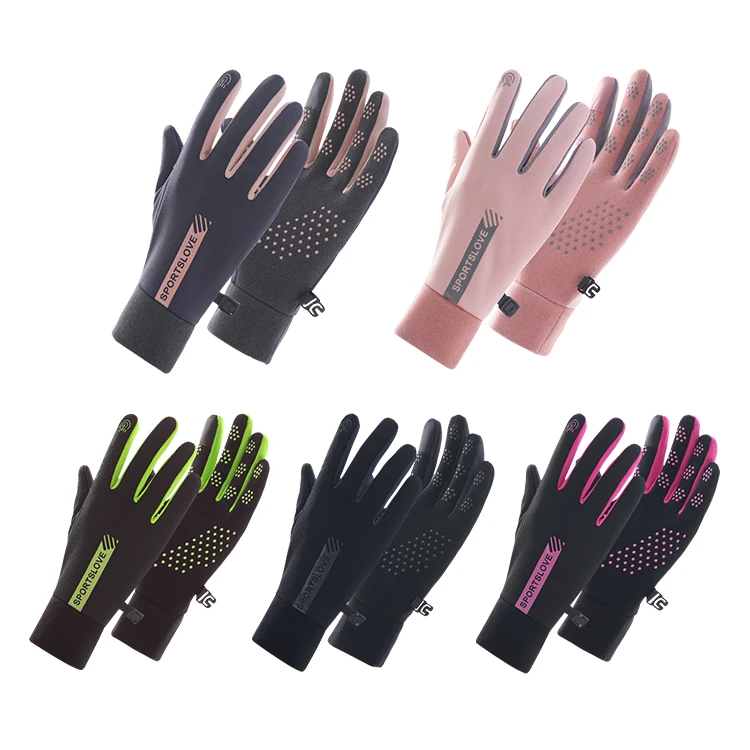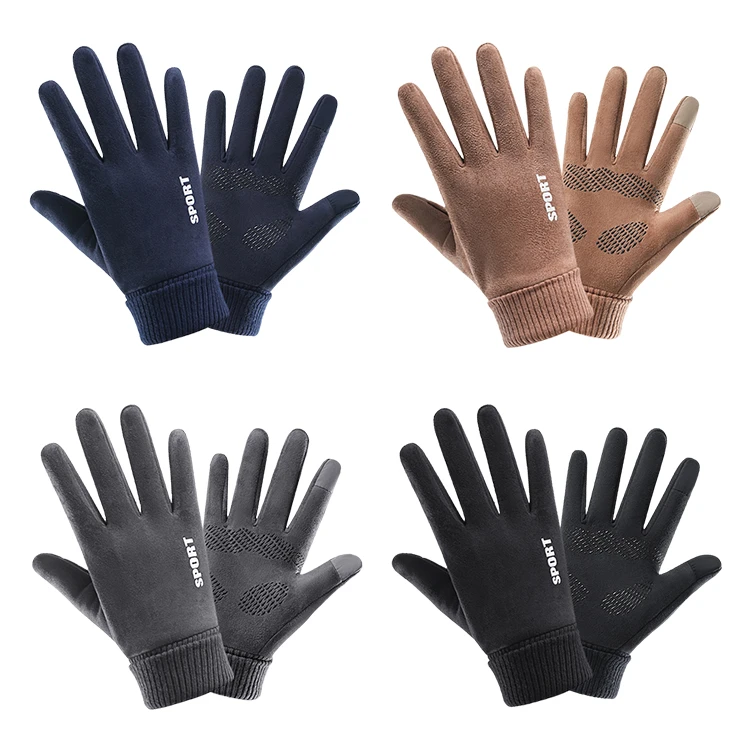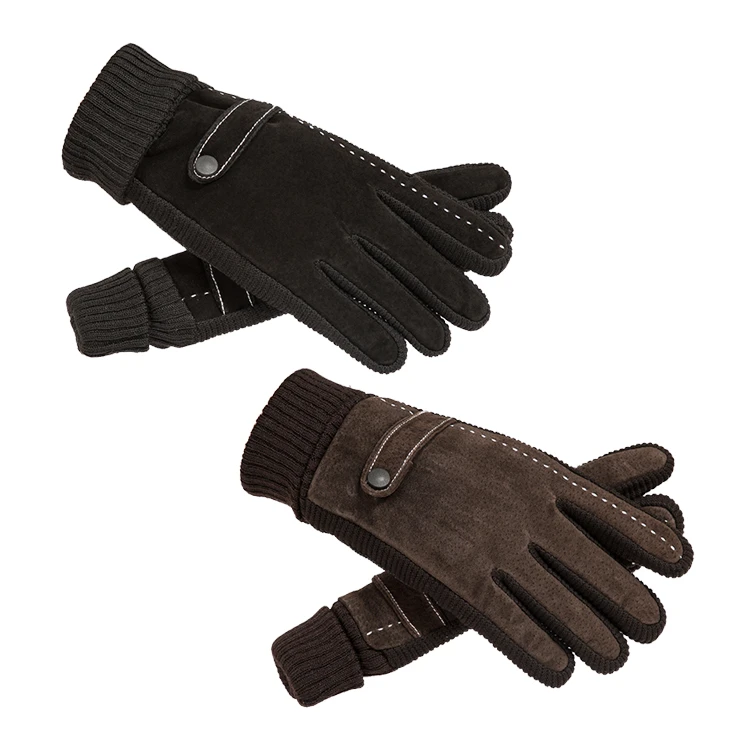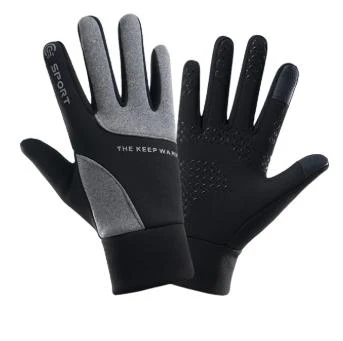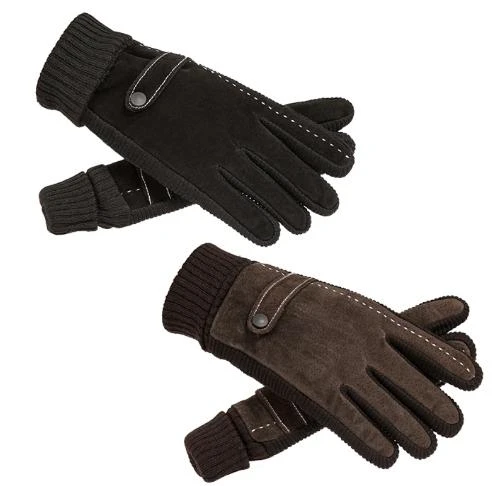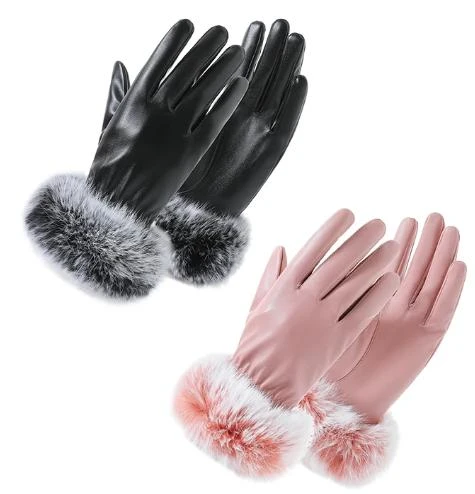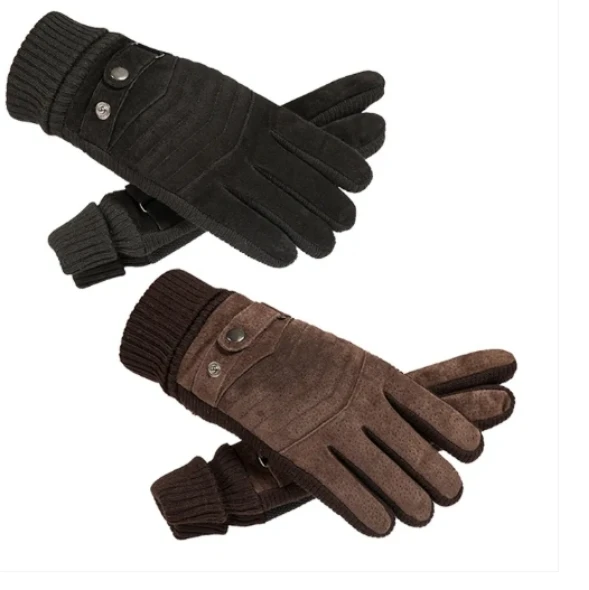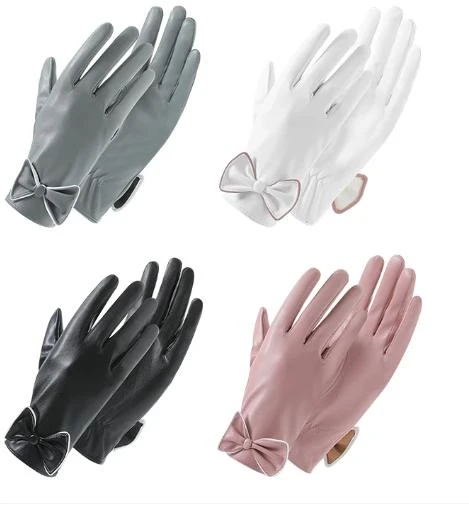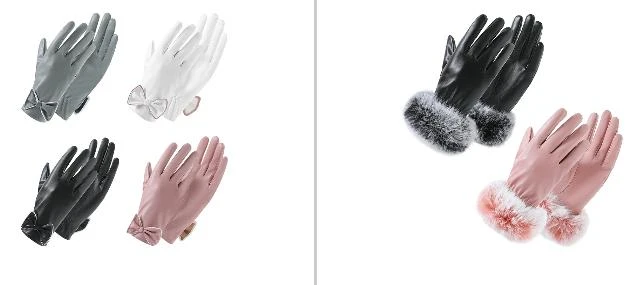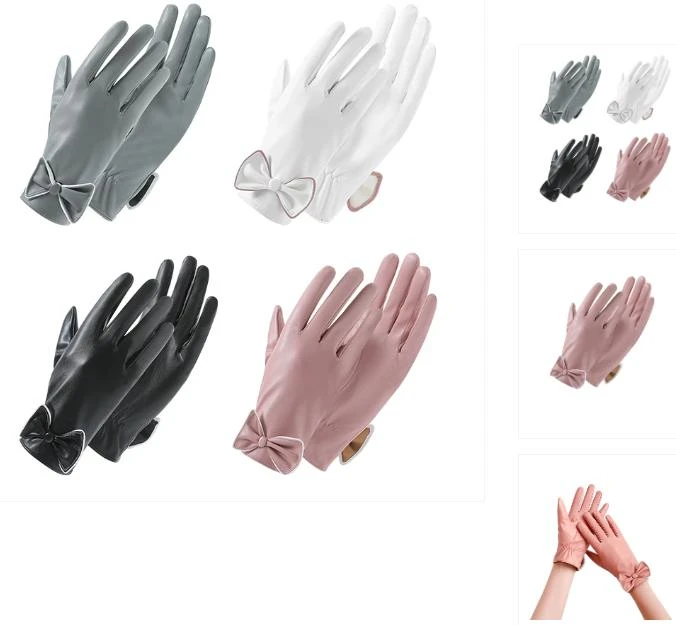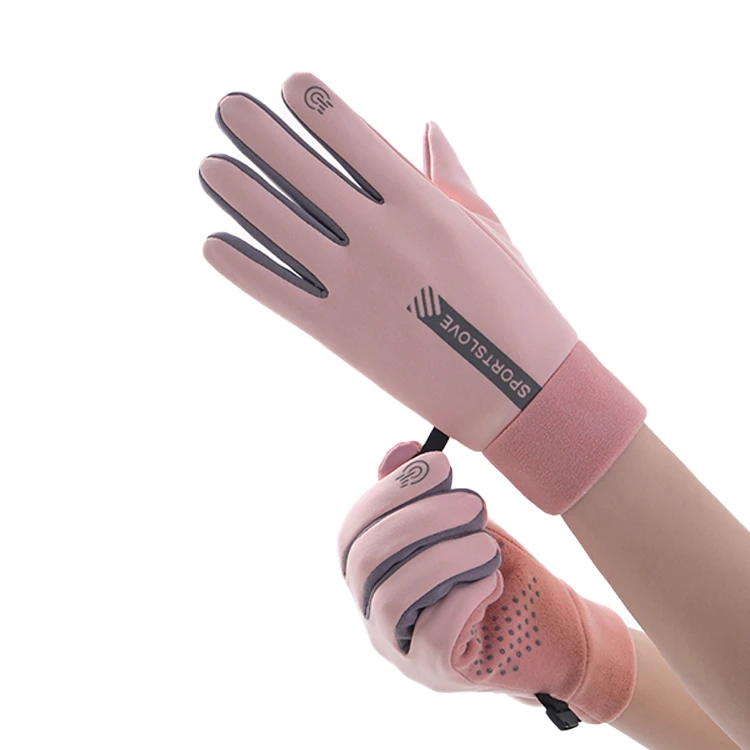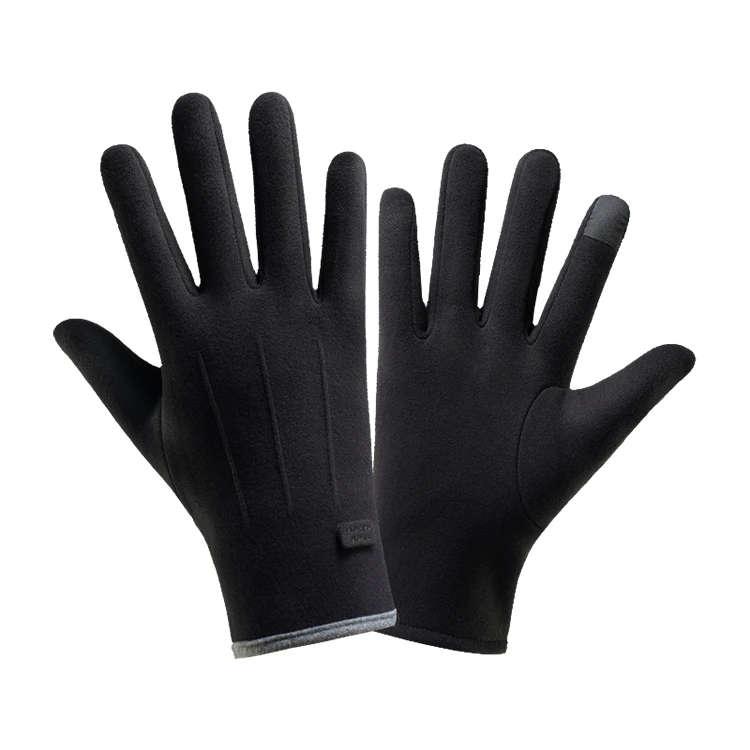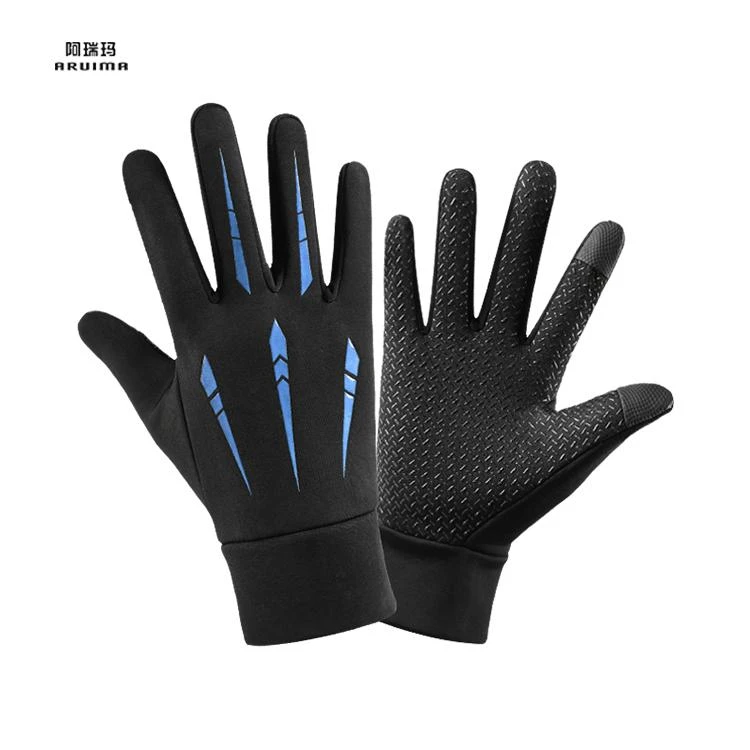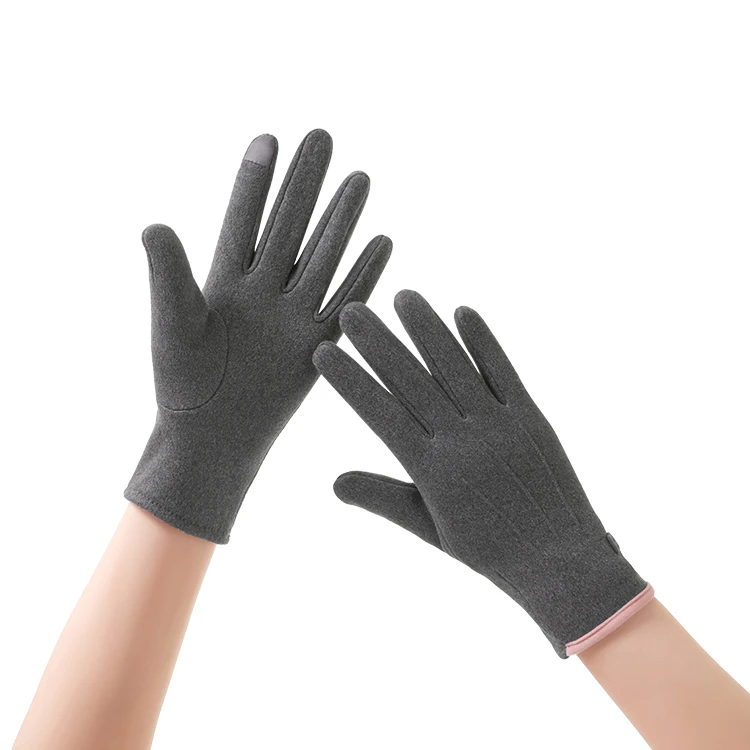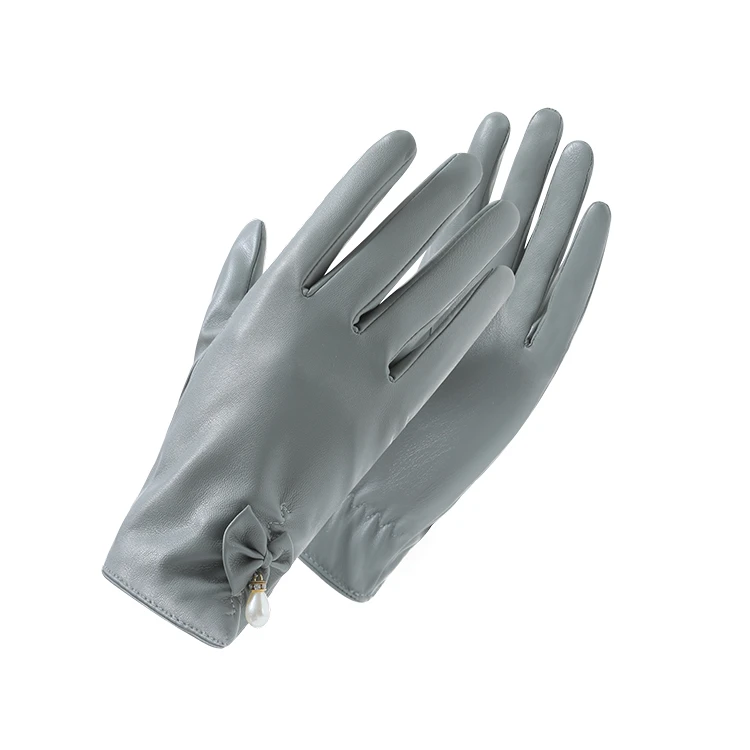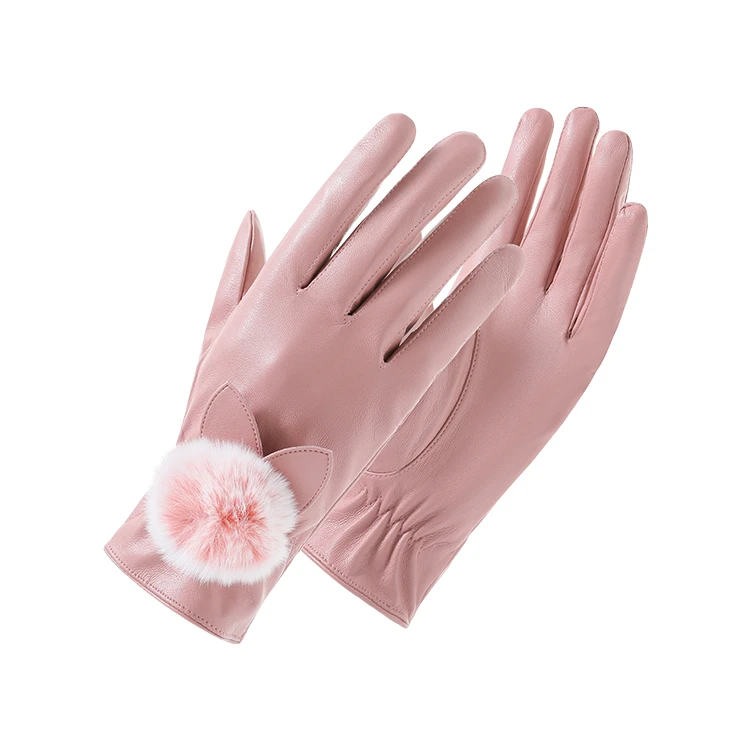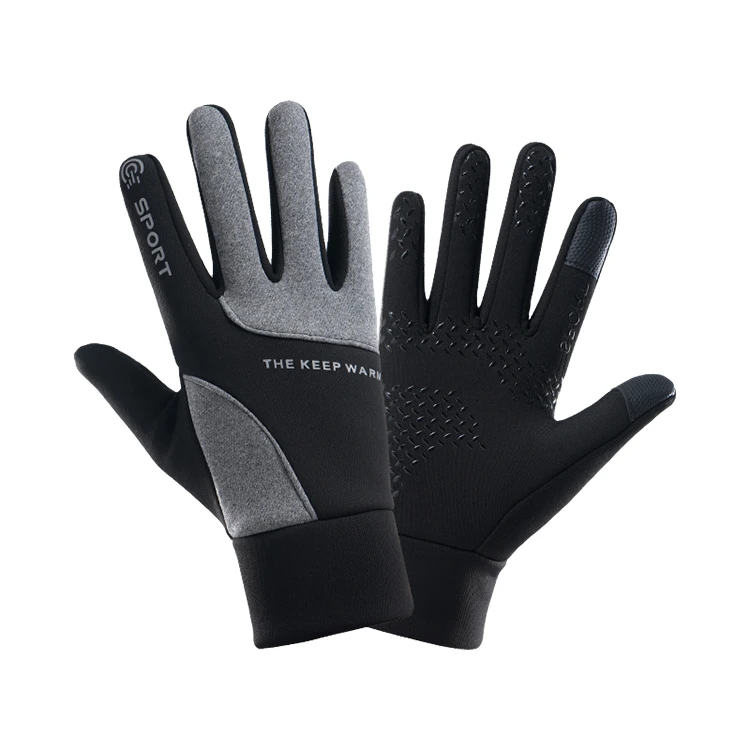Touch Screen Gloves: Warm, Responsive & Stylish Phone Gloves
The Imperative of Seamless Interaction: An Introduction to Advanced Touch Screen Gloves
In an increasingly digitized world, the interaction with touch-enabled devices has become ubiquitous, transcending personal use into critical industrial and professional applications. However, traditional gloves, while offering protection or warmth, inherently impede this interaction, necessitating their removal and thereby compromising efficiency, safety, or comfort. This fundamental challenge has driven the innovation and widespread adoption of advanced touch screen gloves. These specialized gloves are engineered with conductive materials integrated into their design, enabling users to operate smartphones, tablets, industrial control panels, and other capacitive touch screens without exposure to elements or sacrificing dexterity. From construction sites where safety is paramount, to logistics hubs requiring rapid data entry, and medical environments demanding sterile interactions, the utility of these gloves is profound. They bridge the gap between human needs for protection and the pervasive requirement for digital interface, thereby enhancing productivity and maintaining user comfort across a vast spectrum of environments. The sophisticated design and material science behind these gloves are pivotal, ensuring both high performance and ergonomic comfort for prolonged use.
The market for conductive gloves, encompassing everything from casual phone gloves for everyday use to robust industrial-grade solutions, has seen exponential growth. This growth is fueled by diverse applications ranging from outdoor sports and cold-weather activities to critical professional sectors such as emergency services, field engineering, and high-tech manufacturing. The demand for seamless interaction under challenging conditions – be it extreme cold, the necessity for a firm grip, or protection against contaminants – positions touch screen gloves as an indispensable tool. Beyond mere functionality, modern iterations emphasize durability, breathability, and aesthetic appeal, catering to a diverse user base. Innovations in conductive yarn technology, material composites, and manufacturing processes have significantly improved their responsiveness and longevity. This comprehensive article delves into the intricate world of touch screen gloves, exploring their technological underpinnings, diverse applications, manufacturing excellence, and the crucial factors that define their superior performance, providing a robust resource for B2B decision-makers seeking optimal solutions.
The evolution of touch screen technology itself, particularly the widespread adoption of capacitive screens, has been the primary catalyst for the development of these specialized gloves. Capacitive screens detect human touch by sensing the electrical properties of the human body, specifically the skin's conductivity. Traditional gloves, typically made of insulating materials like wool or cotton, block this electrical signal, rendering them incompatible with such screens. The breakthrough came with the integration of conductive elements—ranging from specialized silver-infused fibers to conductive coatings—into the glove material, often at the fingertips, or even throughout the entire glove fabric. This allows the glove to mimic the electrical conductivity of human skin, thus enabling the touch screen to register inputs accurately. The precision of this conductivity is crucial; it must be sufficient to register a touch without creating false inputs or requiring excessive pressure. This delicate balance of conductivity, coupled with the primary function of the glove (warmth, protection, grip), forms the core engineering challenge that manufacturers continually refine, leading to a spectrum of products from thin, flexible phone gloves to highly protective and rugged variants designed for extreme industrial environments.
Moreover, the utility of touch screen gloves extends far beyond merely operating a mobile device in cold weather. In professional settings, they are transformative. For logistics personnel, they eliminate the need to remove gloves to scan barcodes or operate handheld terminals, significantly increasing throughput and reducing the risk of frostbite in cold storage facilities. For field technicians, they ensure continuous connectivity and access to diagnostic tools in challenging outdoor conditions. In cleanroom environments, specialized versions maintain sterility while allowing precise interaction with sensitive equipment. The integration of advanced features such as anti-slip grips, water-resistant membranes, and reinforced palms further enhances their value proposition in these demanding applications. The choice of material, from natural fibers like leather in leather touchscreen gloves that offer superior grip and durability, to synthetic blends offering flexibility and quick-drying properties, is dictated by the specific application and environmental demands. This foundational understanding sets the stage for a deeper dive into the technical intricacies, manufacturing processes, and diverse applications that define the modern landscape of touch screen gloves, highlighting their indispensable role in an increasingly connected and challenging world. The focus remains on delivering high-performance solutions that balance functionality with user comfort and durability, crucial considerations for B2B procurement and strategy.
Industry Trends and Market Dynamics: Shaping the Future of Touch Screen Gloves
The global market for smart gloves, including advanced touch screen gloves, is experiencing robust expansion, driven by pervasive digitalization, the proliferation of wearable technology, and the escalating demand for operational efficiency across various industries. According to a report by Grand View Research, the global smart glove market size was valued at USD 1.3 billion in 2022 and is projected to grow at a compound annual growth rate (CAGR) of 18.5% from 2023 to 2030. This impressive growth trajectory underscores the critical role these devices play in modern workflow optimization and user interaction with technology. Key trends include the miniaturization of conductive components, the integration of advanced sensors for biometrics or gesture control, and the emphasis on sustainable and recycled materials in their production. Furthermore, the diversification of materials—from traditional textiles infused with conductive threads to innovative synthetic blends and high-performance leathers—is expanding the utility and aesthetic appeal of these gloves, catering to a broader spectrum of consumer and industrial needs, including specialized gloves touch screen women's which combine functionality with ergonomic fit and style.
The increasing adoption of IoT (Internet of Things) devices and the continued expansion of 5G networks are significant accelerators for the touch screen gloves market. As more devices become connected and reliance on real-time data access grows, the ability to interact seamlessly with these devices in any environment becomes paramount. This is particularly true in sectors like logistics, manufacturing, and healthcare, where personnel frequently operate in conditions unsuitable for bare-hand interaction with screens. The COVID-19 pandemic also inadvertently highlighted the importance of hygienic interaction, further boosting the demand for gloves that allow device usage without direct skin contact, thereby reducing contamination risks. Additionally, the rise of the outdoor recreation and adventure sports industries has fueled innovation in durable, weather-resistant touch screen gloves and touchscreen mittens, which provide essential warmth and protection while maintaining connectivity for navigation, communication, and photography. Manufacturers are responding by developing more robust, insulated, and water-repellent options suitable for extreme conditions.
Technological advancements are not limited to conductivity. Innovations in glove design now include enhanced ergonomic fit, improved breathability through advanced membrane technology, and superior grip patterns for better handling of tools or devices. For industrial applications, the integration of impact protection, cut resistance, and chemical resistance alongside touch screen functionality is becoming standard. This multi-functional approach ensures that the gloves not only enable touch screen interaction but also fulfill their primary role as protective equipment. Furthermore, there is a growing trend towards customization and specialized solutions, particularly in the B2B sector. Companies are seeking touch screen gloves tailored to specific occupational hazards, temperature requirements, or even corporate branding. This shift from generic products to highly specialized, performance-driven solutions represents a significant market dynamic. The emphasis on user experience, combining advanced functionality with comfort and durability, is paramount. This includes refined tactile feedback, ensuring that users can perform intricate tasks with precision, whether typing on a small screen or manipulating controls on a large industrial interface. The continuous feedback loop from end-users, especially in high-stakes environments, drives iterative improvements in design and material science, leading to more responsive and reliable products that genuinely enhance productivity and safety.
The competitive landscape is also evolving, with increasing consolidation among manufacturers and a growing emphasis on intellectual property and proprietary conductive technologies. Companies that can demonstrate superior conductivity, long-term durability of conductive elements, and a diverse product range are gaining market share. Partnerships between glove manufacturers and technology companies are also emerging, leading to integrated solutions that combine gesture recognition, haptic feedback, or even vital sign monitoring capabilities with touch screen functionality. This convergence of capabilities transforms simple conductive gloves into sophisticated wearable interfaces. For instance, some advanced prototypes feature embedded sensors that can detect specific hand movements for gesture control, or even measure grip strength for ergonomic analysis in industrial settings. This multi-layered innovation pipeline ensures that the market for touch screen gloves remains dynamic and responsive to emerging technological paradigms and evolving end-user requirements. The commitment to research and development, particularly in novel conductive yarns and smart textile integration, is pivotal for maintaining a competitive edge and delivering next-generation solutions that truly empower the workforce and enhance daily digital interactions. This includes addressing niche markets with specific aesthetic or ergonomic demands, such as the growing segment for gloves touch screen women's which prioritize fit and style without compromising on technical performance, underscoring the broad and inclusive nature of this expanding market.
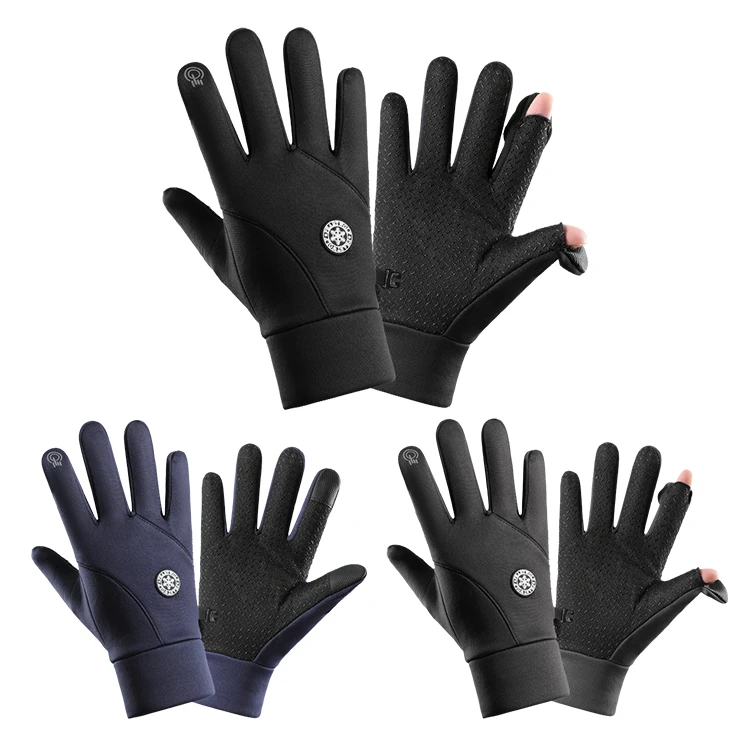
Understanding the Technology: Technical Parameters of High-Performance Touch Screen Gloves
The effectiveness of touch screen gloves hinges on a precise understanding and application of several critical technical parameters. At its core, the technology revolves around mimicking the natural conductivity of human skin to interact with capacitive touchscreens. Capacitive screens operate by detecting disruptions in an electrostatic field. When a conductive object, like a bare finger, approaches the screen, it draws a small electrical charge, which the device registers as a touch. Traditional glove materials, such as wool or standard synthetic fabrics, are insulators, meaning they do not conduct electricity and thus prevent this interaction. The innovation in touch screen gloves lies in integrating conductive materials that can transfer this electrical charge from the user's hand to the screen. The most common conductive materials include silver-infused nylon, copper-infused fabrics, or specialized conductive coatings applied to the fingertips. The choice of material and its integration method significantly impact responsiveness, durability, and overall performance.
Key technical parameters to consider include Conductivity Level, which dictates how reliably and sensitively the glove interacts with the screen. This is often measured in ohms per square (Ω/sq) for sheet resistance, with lower values indicating higher conductivity. High-quality touch screen gloves ensure consistent conductivity across the entire contact surface, preventing dead spots or delayed responses. Material Composition is another vital parameter, balancing conductivity with other functional requirements like warmth, breathability, durability, and flexibility. Common materials include acrylics, polyester, nylon, and spandex blends, often combined with natural fibers like wool or leather, as seen in leather touchscreen gloves. The blend ratio is critical to optimize properties such as insulation, moisture-wicking, and stretch. For example, a higher spandex content enhances dexterity, crucial for precision tasks.
Touch Point Design refers to how the conductive elements are integrated. Some gloves feature conductive patches only on specific fingertips (thumb, index, middle finger), while others incorporate conductive yarn throughout the entire glove. Full-hand conductivity offers greater flexibility in interaction but can be more challenging to manufacture consistently. Dexterity is a subjective but critical parameter, especially in professional settings where fine motor skills are required. High-performance gloves achieve a balance between thermal insulation and a thin enough profile to allow for natural hand movement and tactile feedback. This is particularly important for tasks like typing on a virtual keyboard or manipulating small objects while wearing gloves. Durability and Longevity of Conductive Properties are paramount. The conductive elements must withstand repeated washing, abrasion, and exposure to various environmental conditions without losing their functionality. Inferior gloves may lose their touch screen capabilities after only a few uses or washes, undermining their utility. Manufacturers employ various techniques, such as weaving conductive threads directly into the fabric rather than just applying a coating, to enhance this longevity.
Furthermore, Thermal Insulation and Weather Resistance (waterproofing, windproofing) are crucial for gloves used in cold or wet environments. Materials like fleece, Thinsulate™, or Gore-Tex™ membranes are often layered with conductive fabrics to provide warmth and protection without compromising touch functionality. Grip Enhancement features, such as silicone patterns on the palm or specialized textures, are also critical for secure handling of devices or tools, particularly for phone gloves or industrial applications. Finally, Compliance with Industry Standards such as ISO (International Organization for Standardization) for quality management (e.g., ISO 9001) or specific ANSI (American National Standards Institute) standards for protective qualities (e.g., ANSI/ISEA 105 for hand protection) ensures that the gloves meet rigorous performance and safety benchmarks. Understanding these parameters enables informed selection of touch screen gloves that truly meet the demanding requirements of B2B applications, ensuring optimal performance, longevity, and user satisfaction, while also considering specific ergonomic needs, as seen in dedicated designs for gloves touch screen women's that prioritize fit and comfort.
The Manufacturing Precision: Crafting High-Performance Touch Screen Gloves
The manufacturing process of high-quality touch screen gloves is a sophisticated blend of textile engineering, material science, and precision assembly, far removed from generic glove production. It begins with the meticulous Material Selection, which is paramount for balancing conductivity, comfort, durability, and specific environmental resistance. For the conductive elements, materials like silver-coated nylon fibers, copper-infused yarns, or specialized conductive polymers are chosen. These are then integrated with base fabrics such as high-performance polyester, acrylic, merino wool, or synthetic blends like spandex for elasticity. For premium products like leather touchscreen gloves, carefully selected leather hides are treated to ensure flexibility and durability, with conductive materials either integrated directly into the leather or as conductive patches. The base fabric also dictates properties such as warmth (e.g., fleece, Thinsulate™), breathability (e.g., moisture-wicking synthetics), and water resistance (e.g., hydrophobic coatings or laminated membranes like Gore-Tex™).
Following material selection, the Knitting or Cutting Process commences. For knitted gloves, computer-controlled knitting machines precisely weave the chosen yarns, including the conductive threads, into the desired glove shape. This can involve integrating conductive yarn throughout the entire glove fabric or strategically placing it only at the fingertips using specialized knitting patterns. For cut-and-sew gloves, especially those made from leather or composite materials, precision cutting machines (often CNC-guided for complex patterns) cut individual glove components from large sheets of fabric or leather. The accuracy of this stage is crucial for ensuring a proper fit and minimizing material waste. The integration of conductive elements at this stage is critical; for example, conductive patches might be pre-cut and then incorporated into the design during assembly, or conductive thread might be used in the stitching process itself to create conductive seams.
The subsequent stage is Assembly and Stitching. This involves joining the various cut pieces or finishing the knitted forms. Highly skilled operators use specialized industrial sewing machines to stitch the glove components together. For touch screen gloves, particular attention is paid to the conductive areas. If conductive patches are used, they are precisely sewn onto the fingertips. If conductive thread is integrated into the knit, the stitching ensures that the conductive pathways remain unbroken and effective. Flatlock seams are often preferred for comfort and durability, reducing chafing, especially in form-fitting phone gloves. Any additional features like grip patterns (e.g., silicone prints), reinforced palms, adjustable cuffs, or pull tabs are also integrated during this phase. This stage often involves manual quality checks to ensure seam integrity and the accurate placement of all components.
Quality Control and Testing are integral throughout the manufacturing process but culminate in rigorous final inspection. Each glove undergoes multiple checks to ensure functional performance and adherence to specifications. Conductivity Testing is performed using specialized equipment to verify that the touch points effectively transmit electrical signals and interact reliably with capacitive screens. This involves testing sensitivity and accuracy across various touch gestures. Other tests include Durability Testing (e.g., abrasion resistance, tear strength, pilling resistance), Thermal Performance Testing (insulation properties in controlled environments), Water Resistance Testing (for waterproof models), and Fit and Ergonomics Assessment. Compliance with international standards such as ISO 9001 for Quality Management Systems, ANSI/ISEA 105-2016 for Hand Protection, and OEKO-TEX Standard 100 for textile safety (ensuring no harmful substances) is often verified at this stage. These rigorous testing protocols ensure that each pair of touch screen gloves meets the highest benchmarks for performance, safety, and longevity, making them suitable for demanding industrial and professional applications. The entire process, from design concept to final packaging, is streamlined to maximize efficiency while upholding the highest quality standards, ensuring client satisfaction and product reliability in diverse operational contexts. The emphasis on precision, particularly for the conductive elements, is what differentiates a high-performing product from a novelty item, providing tangible value in scenarios requiring seamless digital interaction.
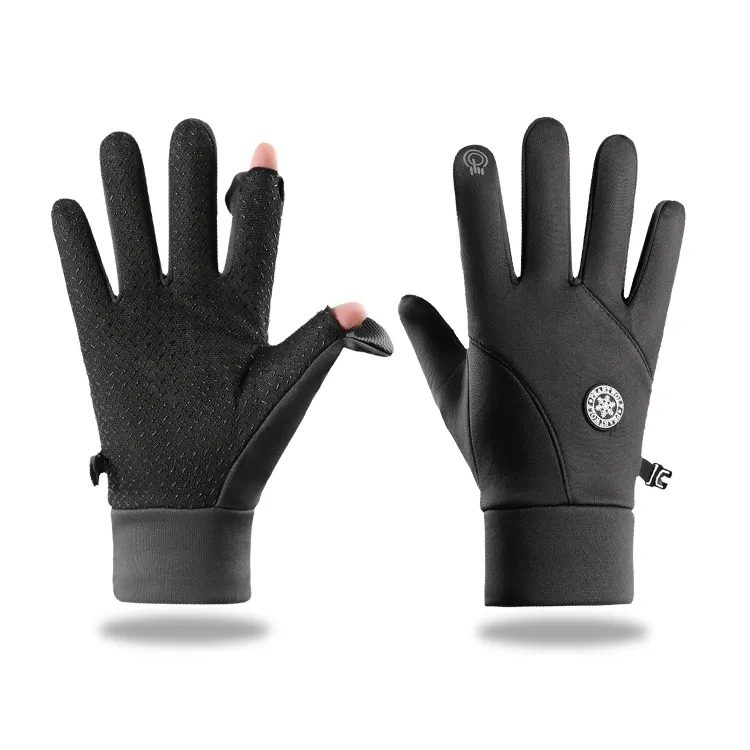
Diverse Applications and Industry Integration: Where Touch Screen Gloves Excel
The versatility of high-performance touch screen gloves extends across a myriad of industries, offering invaluable solutions that enhance efficiency, safety, and comfort. Their core advantage lies in enabling uninterrupted interaction with digital interfaces in environments where traditional gloves would necessitate their removal, leading to lost time, compromised safety protocols, or discomfort. In the Logistics and Supply Chain sector, for instance, warehouse operators and delivery personnel frequently use handheld scanners and tablets. In cold storage facilities or during outdoor deliveries in winter, removing gloves to operate these devices can lead to frostbite or significant time delays. Touch screen gloves eliminate this friction, allowing seamless scanning, data entry, and signature capture, thereby dramatically improving operational speed and employee well-being. A leading logistics firm reported a 15% increase in scanning efficiency during winter months after equipping their entire workforce with these specialized gloves.
In Manufacturing and Automation, particularly in cleanroom environments or facilities with strict hygiene protocols, touch screen gloves play a crucial role. Technicians operating sensitive machinery, quality control systems, or robotic interfaces need to maintain sterility while interacting with touch panels. Specialized anti-static, lint-free, and cleanroom-compatible versions ensure that touch functionality is maintained without compromising environmental purity. Similarly, in heavy industries, where gloves offer essential protection against abrasions, cuts, or chemicals, integrating touch screen capability allows operators to interact with control systems without removing their protective gear, maintaining a continuous safety barrier. This is critical in environments where the integrity of personal protective equipment (PPE) cannot be compromised.
For Outdoor Professionals and Field Technicians, including utility workers, construction crews, and telecommunications engineers, robust touch screen gloves are indispensable. These professionals often work in challenging weather conditions, where the ability to use tablets for schematics, smartphones for communication, or GPS devices for navigation without exposing hands to cold, rain, or snow is vital. Models designed with waterproof and windproof membranes, such as touchscreen mittens for extreme cold, ensure both protection and connectivity. For example, a major telecommunications company reported a 20% reduction in equipment damage incidents in adverse weather, attributed to technicians no longer needing to remove gloves to operate devices, thereby improving grip and reducing exposure to elements.
The Emergency Services sector (police, fire, paramedics) benefits immensely from these gloves. First responders often operate in high-stress, rapidly evolving situations where quick access to communication devices, GPS, or medical equipment with touch interfaces is critical. Durable, cut-resistant, and flame-retardant touch screen gloves provide both protection and seamless digital interaction. For instance, police officers can operate in-vehicle computers or mobile data terminals without taking off their duty gloves, maintaining readiness. Beyond these core B2B applications, there's a significant consumer market, where phone gloves have become essential accessories for daily commuters, outdoor enthusiasts, and even for casual use in colder climates. This broad spectrum of applications, from highly specialized industrial needs to widespread consumer adoption, solidifies the position of touch screen gloves as a crucial enabling technology in our increasingly digital and connected world, ensuring that human interaction with technology remains fluid and unhindered, irrespective of environmental or occupational demands. The design considerations for each sector are unique; for example, leather touchscreen gloves are favored in some roles for their durability and classic feel, while highly flexible synthetic options are preferred for sports, demonstrating the adaptability of the technology.
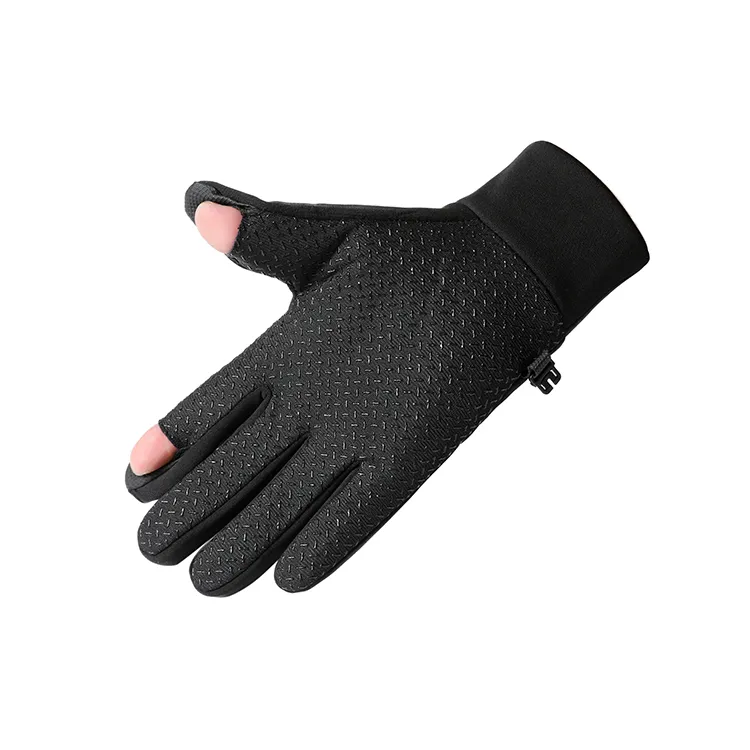
Unlocking Advantages: Why Choose Advanced Touch Screen Gloves
Investing in advanced touch screen gloves offers a multitude of tangible benefits that extend beyond mere convenience, directly impacting productivity, safety, and operational efficiency for businesses. The primary and most significant advantage is the Seamless Digital Interaction they facilitate. By enabling precise and responsive control of touch-enabled devices without needing to remove protective or insulating handwear, these gloves eliminate the constant interruption to workflows. This is particularly crucial in environments where every second counts, such as logistics, field service, or emergency response. The ability to quickly input data, navigate software interfaces, or communicate instantly without fumbling with gloves translates directly into increased output and reduced operational delays. This efficiency gain is not just theoretical; companies consistently report significant improvements in task completion times and overall throughput after integrating these gloves into their operations.
Beyond efficiency, advanced touch screen gloves significantly enhance Safety and Compliance. In industrial settings, gloves often serve as critical Personal Protective Equipment (PPE) against cuts, abrasions, chemicals, or extreme temperatures. Traditional gloves, if removed to operate a touchscreen, expose the wearer to these hazards. By providing touch functionality, these specialized gloves ensure that protective barriers remain intact at all times, drastically reducing the risk of injuries. This continuous protection aids in compliance with workplace safety regulations and reduces the incidence of work-related accidents, leading to lower insurance costs and a safer working environment. For example, in cold storage facilities, the use of proper insulated touch screen gloves prevents cold stress injuries like frostbite, maintaining worker health and productivity.
Another profound advantage is Enhanced Comfort and Worker Morale. Employees working in cold climates or uncomfortable environments are less likely to remove their gloves if they can still operate their devices. This continuous warmth and protection contribute significantly to worker comfort, which in turn boosts morale and reduces fatigue. Comfortable employees are more productive and less prone to errors. For example, anecdotal evidence from outdoor sports enthusiasts and professionals using touchscreen mittens in sub-zero temperatures often highlights the sheer relief of not having to expose hands to frigid air just to send a text or check a map. This principle applies equally to industrial workers facing similar environmental challenges, ensuring sustained focus and performance.
Furthermore, the Durability and Longevity of high-quality touch screen gloves represent a strong economic benefit. Unlike cheaper alternatives that quickly lose their conductivity or wear out, premium gloves, especially those featuring robust construction and superior materials like specialized conductive fibers or treated leather in leather touchscreen gloves, offer extended service life. This reduces the frequency of replacements, leading to significant cost savings over time for businesses. The initial investment is quickly recouped through increased productivity, reduced injury rates, and prolonged product lifespan. The integration of anti-pilling materials, reinforced stitching, and advanced membrane technologies (e.g., for waterproofing or breathability) contributes to overall resilience, making them a wise long-term investment. Ultimately, the decision to equip a workforce with advanced touch screen gloves is a strategic one, yielding substantial improvements in operational efficiency, worker safety, and overall job satisfaction, translating directly into a healthier bottom line and a more agile, technologically empowered workforce across various demanding sectors. This holistic advantage positions them as an essential tool in modern enterprise.

Selecting Your Partner: A Comparative Analysis of Touch Screen Glove Solutions
Choosing the right provider for touch screen gloves is a critical decision for B2B entities, as it directly impacts performance, cost-effectiveness, and long-term reliability. The market offers a wide spectrum of solutions, ranging from generic phone gloves for casual use to highly specialized industrial-grade protective gear. When evaluating potential manufacturers or suppliers, several key aspects should be rigorously compared to ensure the chosen solution aligns perfectly with organizational requirements and operational environments. Firstly, Technological Expertise and Conductive Material Integration are paramount. Leading manufacturers possess proprietary conductive yarn technologies (e.g., advanced silver-coated fibers, unique copper blends) and sophisticated knitting or weaving processes that ensure superior and consistent touch screen responsiveness across the glove’s lifespan. Inferior products often use less durable conductive coatings that degrade rapidly with use and washing, leading to poor user experience and premature replacement needs.
Secondly, Material Quality and Construction Durability are crucial. A comprehensive comparison should assess the base materials used (e.g., high-grade acrylics, breathable polyester, premium leather touchscreen gloves, or specialized composite fabrics) and their suitability for the intended application. For industrial use, features like reinforced stitching, anti-abrasion panels, and cut-resistant liners are non-negotiable. For cold weather, the insulation layers (e.g., Thinsulate, fleece) and waterproof/windproof membranes are critical differentiators, especially for products like touchscreen mittens. Manufacturers often provide detailed specifications on material composition, weight, and performance ratings (e.g., EN388 for mechanical risks, EN511 for cold resistance), which should be carefully scrutinized.
Thirdly, Range of Customization Options is a significant factor for businesses with unique requirements. While some manufacturers offer standard sizes and colors, premier suppliers provide extensive customization, including bespoke sizing (e.g., specialized gloves touch screen women's sizing for optimal fit), integration of company logos, specific material blends for extreme conditions, or even specialized features like fingerless options with foldable touch screen gloves caps. This allows organizations to procure gloves that not only perform optimally but also reinforce brand identity and meet specific ergonomic or safety needs tailored to their workforce. A strong partner will have a dedicated R&D team capable of prototyping and developing solutions for niche applications or complex operational challenges.
Finally, Certifications, Customer Support, and After-Sales Service are vital indicators of a reliable partner. Reputable manufacturers will hold internationally recognized certifications (e.g., ISO 9001 for quality management, CE marking for European conformity, industry-specific safety standards). They should also offer comprehensive customer support, including technical assistance, clear warranty policies, efficient delivery logistics, and readily available replacement parts or repair services. A transparent returns policy and responsive communication channels are also key. Businesses should request case studies, client testimonials, and product samples to evaluate real-world performance and service quality. Conducting pilot programs with different vendors' products can provide invaluable practical insights into their suitability for your specific operational context. The overall value proposition, balancing product performance, durability, customization capabilities, and excellent customer service, ultimately defines the superior partner in the procurement of advanced touch screen gloves for any discerning B2B client seeking long-term value and operational excellence.
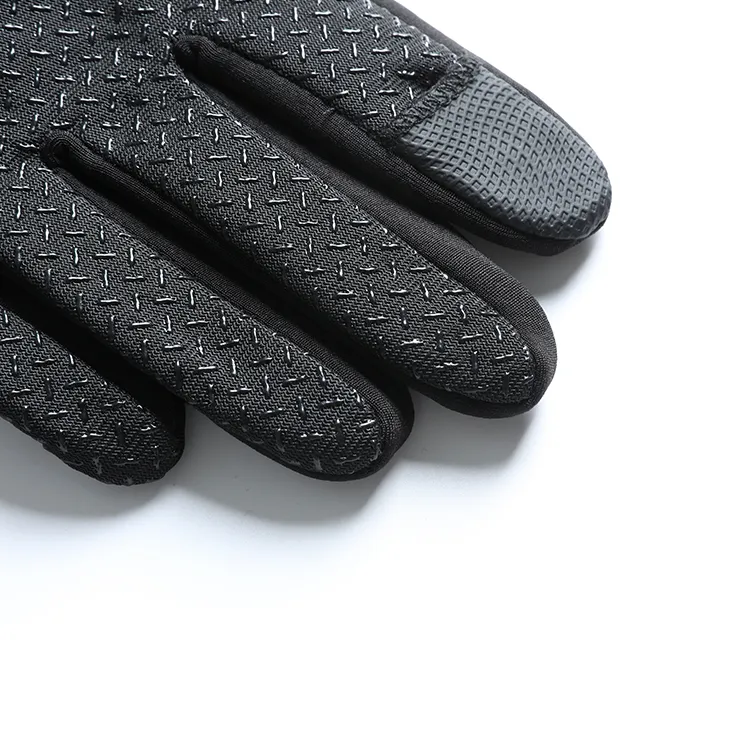
Tailored Excellence: Custom Solutions for Unique Demands of Touch Screen Gloves
While off-the-shelf touch screen gloves cater to a broad spectrum of general needs, many B2B clients operate in highly specialized environments that demand bespoke solutions. Recognizing this, leading manufacturers offer comprehensive customization programs designed to meet unique operational, ergonomic, and branding requirements. The customization process typically begins with a detailed Needs Assessment, where the manufacturer collaborates closely with the client to understand their specific challenges. This involves evaluating the operational environment (e.g., extreme temperatures, hazardous materials, cleanroom conditions), the type of touch devices being used (e.g., industrial HMIs, rugged tablets, standard smartphones), the required level of protection (e.g., cut resistance, chemical resistance, impact protection), and ergonomic considerations (e.g., dexterity needs, prolonged wear comfort, specific sizing like gloves touch screen women's). For instance, a logistics company operating in sub-zero freezers might require significantly different insulation and grip properties than an assembly line using precision touch screens in a temperate indoor setting.
Based on this assessment, the manufacturer's R&D and design teams develop Material and Design Specifications. This involves selecting the optimal blend of conductive materials (e.g., specific silver fiber percentages for enhanced sensitivity), base fabrics (e.g., combining breathable mesh with durable synthetics), and protective layers (e.g., integrating Kevlar for cut resistance or specialized membranes for waterproofing). For applications requiring superior tactility, thinner yet highly conductive materials are explored. For environments demanding maximum warmth, the design might incorporate multiple insulation layers, as seen in advanced touchscreen mittens, while still ensuring touch capability. Custom grip patterns, reinforced wear points, and specialized cuff designs (e.g., extended cuffs for wrist protection or seamless integration with outerwear) are also developed at this stage.
Prototyping and Testing form the next critical phase. Initial prototypes of the customized touch screen gloves are produced and subjected to rigorous internal testing, replicating the client's operational conditions as closely as possible. This includes tests for touch screen responsiveness across various devices and temperatures, durability (abrasion, tear, puncture resistance), thermal performance, and compliance with any specified industry safety standards (e.g., ANSI/ISEA, EN standards). Client feedback on these prototypes is invaluable, leading to iterative refinements to ensure the final product meets all performance and comfort expectations. This collaborative refinement process ensures that the gloves are not just functional but also ergonomically superior and perfectly suited to the end-users' daily tasks. For instance, a custom leather touchscreen gloves solution might undergo specific tests for long-term flexibility and tactile sensitivity after exposure to various environmental conditions common in the client’s operations.
Finally, Scalable Production and Quality Assurance ensure consistent delivery of the customized solution. Once the design is finalized and approved, the manufacturer establishes a dedicated production line or integrates the custom specifications into their existing processes. Rigorous quality control checks are implemented at every stage of manufacturing to guarantee that each glove adheres to the agreed-upon design and performance parameters. This includes batch testing for conductivity, material integrity, and overall finish. Furthermore, branding elements such as embroidered logos or custom packaging can be incorporated during this phase. By offering comprehensive custom solutions, manufacturers enable businesses to optimize their operations with touch screen gloves that are precisely engineered for their unique challenges, providing a competitive edge through enhanced productivity, safety, and worker satisfaction, demonstrating a commitment to solving specific client needs rather than offering a one-size-fits-all approach. This dedication to tailored excellence solidifies the manufacturer's role as a true strategic partner.
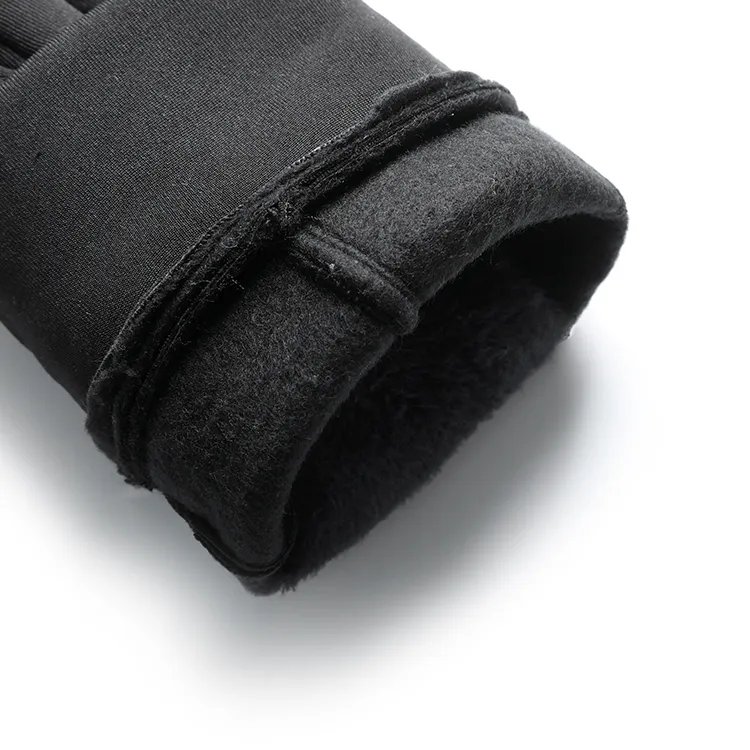
Real-World Impact: Case Studies and Success Stories of Touch Screen Gloves
The theoretical advantages of touch screen gloves translate into significant practical benefits in real-world applications, as evidenced by numerous successful deployments across various industries. These case studies highlight not just the functionality but the transformative impact on operational efficiency, safety, and employee satisfaction. Consider a leading Global E-commerce Logistics Provider operating extensive cold storage warehouses where temperatures routinely drop below 0°C. Their workforce, responsible for picking and packing orders, frequently had to remove standard insulated gloves to operate handheld scanners and tablets, leading to frozen hands, reduced productivity, and increased risk of frostbite. After implementing a specialized line of insulated touch screen gloves (designed to maintain conductivity even at extreme low temperatures), the company observed a remarkable 25% increase in scanning speed and a 15% reduction in picking errors within the first quarter. Worker complaints related to cold exposure significantly decreased, leading to improved morale and reduced absenteeism during winter months. This clearly demonstrated the tangible return on investment from integrating high-performance gloves.
In another instance, a Major Automotive Manufacturing Plant faced challenges in its assembly line. Technicians wearing traditional protective gloves for safety (against cuts and abrasions) had to constantly remove them to interact with touch-enabled diagnostic tools and quality control screens, interrupting workflow and increasing the risk of hand injuries. By adopting cut-resistant touch screen gloves, tailored to EN388 standards for cut protection while maintaining full touch compatibility, the plant recorded a 10% improvement in assembly line throughput due to reduced downtime for glove removal. More importantly, the incidence of minor hand injuries decreased by 30% over six months, directly attributable to technicians maintaining continuous hand protection. This showcased the dual benefit of integrated safety and seamless digital interaction provided by the specialized gloves.
A National Field Service Company deploying technicians for HVAC maintenance and repair across diverse outdoor environments encountered similar issues. Their technicians, often working in cold, wet, or dusty conditions, needed reliable access to tablets for schematics, work orders, and communication. Standard phone gloves offered insufficient protection, while protective gloves impeded touch functionality. The company invested in robust, waterproof, and windproof touch screen gloves, specifically designed for outdoor utility work. This strategic deployment resulted in a reported 18% increase in task completion efficiency during adverse weather conditions, as technicians could continuously operate their devices without exposing their hands. Furthermore, the company noted a significant reduction in device damage caused by accidental drops, attributed to improved grip and reduced fumbling when operating devices while fully gloved.
These case studies underscore that the value proposition of touch screen gloves extends far beyond simple convenience. For businesses, they are a strategic investment that yields measurable improvements in productivity, enhances worker safety by maintaining continuous protection, boosts morale through improved comfort, and ultimately contributes to a stronger bottom line. Whether it's high-sensitivity versions for precise industrial controls, insulated touchscreen mittens for extreme cold, or durable leather touchscreen gloves for demanding outdoor tasks, the right solution can transform operational challenges into competitive advantages. The consistent feedback from these varied implementations reinforces that manufacturers who prioritize research and development, robust material science, and rigorous quality control deliver solutions that genuinely make a difference in demanding B2B environments. These real-world successes provide compelling evidence for any organization considering the integration of advanced touch screen gloves into their operational toolkit, demonstrating clear ROI through enhanced efficiency and safety across diverse professional applications.

Product Specifications and Performance Metrics: Touch Screen Gloves at a Glance
Understanding the detailed specifications and performance metrics of various touch screen gloves is crucial for making informed procurement decisions, particularly in the B2B sector where specific operational requirements dictate optimal product choice. The table below outlines key parameters for common types of touch screen gloves, offering a comparative overview that highlights their design intent and performance capabilities. This data helps in identifying solutions that balance conductivity, protection, comfort, and durability across diverse applications, from general-purpose phone gloves to specialized industrial variants, including options like touchscreen mittens and elegant leather touchscreen gloves.
| Parameter | Winter/Outdoor Touch Screen Gloves | Industrial/Protective Touch Screen Gloves | Everyday/Lightweight Touch Screen Gloves | Luxury/Leather Touch Screen Gloves |
|---|---|---|---|---|
| Primary Function | Warmth & Touch Screen Interaction | Protection & Touch Screen Interaction | Convenience & Touch Screen Interaction | Style, Durability & Touch Screen Interaction |
| Conductive Material | Silver-infused yarn, Carbon fiber blends (fingertips or full hand) | Stainless steel fibers, Conductive TPU coatings (localized or full hand) | Conductive copper/silver yarn (often fingertips only) | Conductive leather treatment, Silver-threaded patches, Conductive thread stitching |
| Primary Fabric Material | Polyester, Nylon, Spandex blends, Fleece, Wool; often with waterproof/breathable membranes (e.g., Gore-Tex) | HPPE (High-Performance Polyethylene), Kevlar, Nitrile/Polyurethane coatings, Neoprene | Acrylic, Cotton, Polyester, Spandex blends | Genuine Leather (Sheepskin, Deerskin, Goatskin) |
| Thermal Rating / Insulation | High (e.g., Thinsulate 3M, Primaloft insulation). Suitable for -20°C to 0°C. | Variable, often moderate. Focus on protective qualities. | Low to Moderate. Suitable for 0°C to 15°C. | Moderate. Natural insulation of leather. |
| Water/Wind Resistance | High (Often waterproof & windproof membranes, DWR finish) | Variable, depends on coating (e.g., some nitrile coatings offer water resistance) | Low (typically not water/wind resistant) | Moderate (naturally resistant, can be treated) |
| Dexterity | Good (designed to balance warmth with finger articulation) | Good to Moderate (prioritizes protection, but functional for touch) | Excellent (thin fabric allows natural movement) | Excellent (leather molds to hand, high tactile sensitivity) |
| Durability / Service Life | High (reinforced stitching, durable outer shell) | Very High (designed for heavy-duty use, abrasion/cut resistant) | Moderate (designed for light, frequent use) | High (leather's inherent longevity) |
| Certifications (Typical) | ISO 9001, OEKO-TEX, CE (for specific outdoor gear) | ANSI/ISEA 105, EN 388, EN 511, ISO 9001 | ISO 9001, OEKO-TEX (basic textile safety) | ISO 9001, Leather Working Group (LWG) certifications |
| Target Industries/Use | Outdoor Recreation, Logistics, Field Service, Cold Storage, Winter Sports | Manufacturing, Construction, Oil & Gas, Automotive, Assembly, Emergency Services | Daily Commute, Casual Wear, Office Environments, Light Outdoor Use | Professional, Executive, Driving, Fashion, Light Outdoor Use |
This comparative table highlights that the "best" touch screen gloves are entirely dependent on the specific application. For environments requiring warmth and moderate protection, a winter-grade glove with robust insulation and water resistance is ideal. For heavy industrial tasks, the emphasis shifts to extreme durability and certified protection against mechanical hazards, while ensuring touch functionality. For everyday convenience, a lightweight and highly tactile phone gloves solution suffices. And for those seeking a blend of classic style, superior comfort, and reliable touch functionality, leather touchscreen gloves represent the premium choice. The crucial takeaway for B2B decision-makers is to conduct a thorough analysis of their operational needs and match them against these detailed specifications, ensuring that the selected product not only enables seamless digital interaction but also provides the necessary protection, comfort, and longevity for their specific workforce and environmental conditions.
Ensuring Confidence: Quality Assurance, Support, and Warranty for Touch Screen Gloves
For B2B clients, the decision to procure touch screen gloves extends beyond initial product specifications to encompass the reliability of the supplier and the long-term support provided. A truly professional partnership is built on robust quality assurance processes, comprehensive customer support, and transparent warranty commitments. Quality Assurance (QA) begins well before production, with stringent raw material inspection. This includes verifying the conductivity of yarns, the integrity of textile weaves, and the quality of any coatings or membranes. During manufacturing, inline QA checks monitor knitting consistency, stitching strength, and the precise integration of conductive elements. Post-production, every batch of touch screen gloves undergoes rigorous functional testing to ensure consistent and reliable touch screen responsiveness across all sizes and models, including specialized gloves touch screen women's and bulk phone gloves orders. Adherence to international standards such as ISO 9001 for Quality Management Systems is a non-negotiable benchmark, signifying a commitment to consistent quality and continuous improvement. Some manufacturers also employ third-party certification bodies to audit their processes and products, adding an extra layer of verifiable trust.
Delivery Cycle and Logistics are critical components of trustworthiness. A reliable supplier will provide clear, realistic timelines for order fulfillment, from initial consultation and prototyping (for custom orders) to final dispatch. They should have robust supply chain management practices and established logistics partnerships to ensure on-time delivery, minimizing operational disruptions for the client. For large-scale procurements, the ability to manage phased deliveries and buffer stock is an added advantage. Transparency in communication regarding any potential delays or challenges is also key to maintaining client trust and allowing for proactive planning. Companies should inquire about their average lead times, their capacity for bulk orders, and their global shipping capabilities.
A strong Warranty Commitment serves as a testament to the manufacturer's confidence in their product's durability and performance. Reputable providers offer clear, easy-to-understand warranties covering manufacturing defects and premature loss of touch screen functionality under normal use conditions. This provides peace of mind and protects the client's investment. The warranty period can vary depending on the product type (e.g., standard phone gloves vs. heavy-duty industrial models like leather touchscreen gloves), but should be clearly stated. Beyond the warranty, the availability of After-Sales Support is paramount. This includes readily accessible technical support for troubleshooting, guidance on proper care and maintenance to extend product life, and efficient processes for handling returns or replacements. A responsive customer service team that can address inquiries promptly and effectively is a hallmark of a trustworthy partner.
Finally, a comprehensive Frequently Asked Questions (FAQ) section, readily available on the manufacturer's website or in product documentation, can proactively address common concerns regarding material care, sizing, compatibility with different devices, and troubleshooting basic issues. This demonstrates a commitment to transparency and empowering users with information. The cumulative effect of robust QA, efficient logistics, a solid warranty, and proactive customer support builds profound trustworthiness, establishing the manufacturer as a reliable long-term partner for high-performance touch screen gloves. This holistic approach ensures that businesses not only receive superior products but also benefit from a seamless and supportive procurement experience, reinforcing their operational continuity and strategic advantage. Choosing a partner that excels in these areas is as important as the product's technical specifications, ultimately defining the success of the investment.
Frequently Asked Questions (FAQ) about Touch Screen Gloves
Q1: How do touch screen gloves actually work with capacitive screens?
A1: Capacitive touchscreens detect the electrical conductivity of human skin. Traditional gloves, made of insulating materials like wool or cotton, block this electrical signal. Touch screen gloves incorporate conductive materials—such as silver-infused nylon, copper-infused fabrics, or specialized conductive coatings—at the fingertips, or sometimes throughout the entire glove. These materials mimic the electrical properties of the human body, allowing the glove to transfer the user's natural electrical charge to the screen, thus registering touch inputs accurately. The precision of this conductive material and its integration is key to responsiveness and sensitivity.
Q2: Will touch screen gloves work with all types of touchscreens?
A2: Touch screen gloves are primarily designed for use with modern capacitive touchscreens, which are found on virtually all smartphones, tablets, and many modern industrial control panels. They are generally not compatible with older resistive touchscreens, which rely on pressure rather than electrical conductivity. However, capacitive screens are now the industry standard. Always confirm your device's screen type for optimal compatibility. Different conductive materials and glove designs might offer varying levels of sensitivity across different capacitive screens, so testing is recommended for critical applications.
Q3: How durable are the conductive properties of touch screen gloves? Do they wear off over time or after washing?
A3: The durability of conductive properties varies significantly with glove quality and manufacturing technique. High-quality touch screen gloves, especially those using conductive fibers woven directly into the fabric (e.g., silver-infused yarn), are designed to withstand repeated washing and prolonged use without losing significant conductivity. Gloves that rely on surface coatings might degrade faster. Always follow the manufacturer's care instructions carefully to maximize longevity. Our products are tested to retain conductivity even after extensive washing cycles, ensuring prolonged reliable performance in demanding B2B environments.
Q4: Are there specific touch screen gloves for different industries or weather conditions?
A4: Absolutely. The market offers a wide range of specialized touch screen gloves tailored for diverse needs. For cold weather, you'll find insulated options like touchscreen mittens or multi-layered gloves with waterproof and windproof membranes. Industrial settings often require gloves with added protection against cuts (e.g., ANSI/ISEA 105 rated), abrasions, or chemicals, combined with touch functionality. There are also lightweight, highly dexterous phone gloves for everyday use, and premium leather touchscreen gloves that offer superior feel and durability. Manufacturers like us offer custom solutions to meet highly specific industry requirements, including tailored sizing for specific demographics, such as gloves touch screen women's, to ensure optimal fit and performance.
Q5: What is your typical delivery lead time for bulk orders of touch screen gloves?
A5: Our standard lead time for bulk orders of touch screen gloves typically ranges from 4-6 weeks, depending on the order volume, customization requirements, and current production schedules. For highly customized solutions or exceptionally large orders, lead times may extend. We recommend contacting our sales team directly with your specific needs for a precise quote and delivery estimate. We pride ourselves on transparent communication and will keep you fully informed throughout the production and delivery process to ensure timely receipt of your order.
Q6: Do you offer samples for B2B evaluation before placing a large order?
A6: Yes, we highly encourage B2B clients to evaluate our touch screen gloves firsthand. We offer sample kits or individual product samples for testing in your specific operational environment. This allows you to assess the fit, comfort, durability, and touch screen responsiveness to ensure it meets your exact requirements before committing to a larger order. Please contact our sales department to arrange for sample delivery and discuss your specific evaluation needs. We believe in the quality of our products and the value they provide, and we are confident in their performance in real-world scenarios.
Conclusion: Empowering Productivity and Protection with Advanced Touch Screen Gloves
The landscape of modern work and daily life is inextricably linked with digital interaction, making the seamless use of touch-enabled devices a necessity, not a luxury. In this context, advanced touch screen gloves have emerged as indispensable tools, bridging the critical gap between the need for hand protection and the pervasive requirement for digital connectivity. As demonstrated throughout this comprehensive overview, these specialized gloves are far more than mere accessories; they are high-performance instruments engineered with precision, integrating cutting-edge material science and rigorous manufacturing processes to deliver unparalleled functionality. From enhancing operational efficiency in cold storage logistics to ensuring continuous safety on hazardous factory floors, and from providing crucial comfort in extreme outdoor conditions to offering elegant solutions for everyday urban wear, the value proposition of these gloves is robust and multifaceted.
The market for touch screen gloves continues its strong growth trajectory, propelled by increasing digitalization, the expansion of the IoT, and an evolving demand for integrated protection and productivity solutions. Key industry trends point towards further innovations in conductive materials, enhanced multi-functionality (combining touch with biometrics, haptics, or advanced protective features), and greater emphasis on sustainable production. For B2B decision-makers, understanding the technical parameters—such as conductivity levels, material composition, dexterity, and durability—is paramount. Partnering with a reputable manufacturer who prioritizes quality assurance, offers extensive customization, and provides reliable after-sales support is crucial for long-term success. Whether the need is for robust leather touchscreen gloves, highly insulated touchscreen mittens, general-purpose phone gloves, or ergonomically designed gloves touch screen women's, the right solution can profoundly impact workforce productivity, safety compliance, and overall job satisfaction.
The documented case studies from diverse industries unequivocally illustrate the tangible return on investment that businesses realize when equipping their personnel with high-quality touch screen gloves. These benefits range from significant time savings and error reduction to substantial improvements in employee comfort and a reduction in workplace injuries. As technology continues to permeate every facet of professional and personal life, the role of these gloves will only become more critical, ensuring that human interaction with the digital world remains fluid, efficient, and uncompromised, regardless of the environment or task at hand. Investing in advanced touch screen gloves is not just an expenditure; it is a strategic enhancement to operational capability, worker well-being, and competitive advantage in an increasingly connected world.
References and Citations
- Grand View Research. (2023). Smart Glove Market Size, Share & Trends Analysis Report, 2023 - 2030. Retrieved from https://www.grandviewresearch.com/industry-analysis/smart-glove-market
- International Organization for Standardization (ISO). (n.d.). ISO 9001: Quality management systems. Retrieved from https://www.iso.org/iso-9001-quality-management.html
- American National Standards Institute (ANSI) / International Safety Equipment Association (ISEA). (2016). ANSI/ISEA 105-2016: American National Standard for Hand Protection Selection Criteria. (Refer to ISEA publications for detailed standards).
- OEKO-TEX. (n.d.). STANDARD 100 by OEKO-TEX. Retrieved from https://www.oeko-tex.com/en/our-standards/standard-100-by-oeko-tex
- ResearchGate. (n.d.). Research on Conductive Textiles and Smart Gloves. (Search for specific papers related to conductive textile engineering for touch applications). Example: https://www.researchgate.net/topic/Conductive-Textiles



